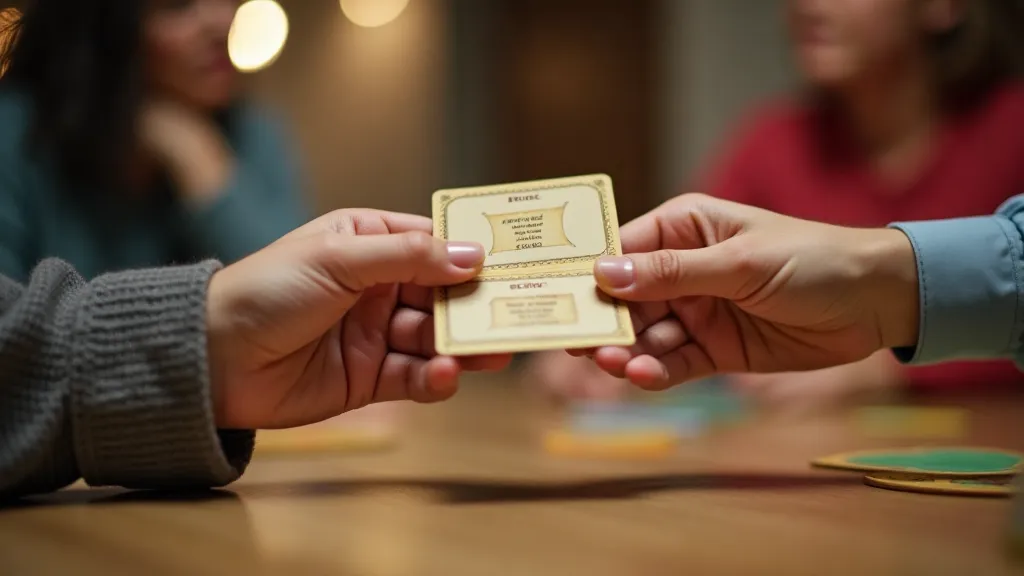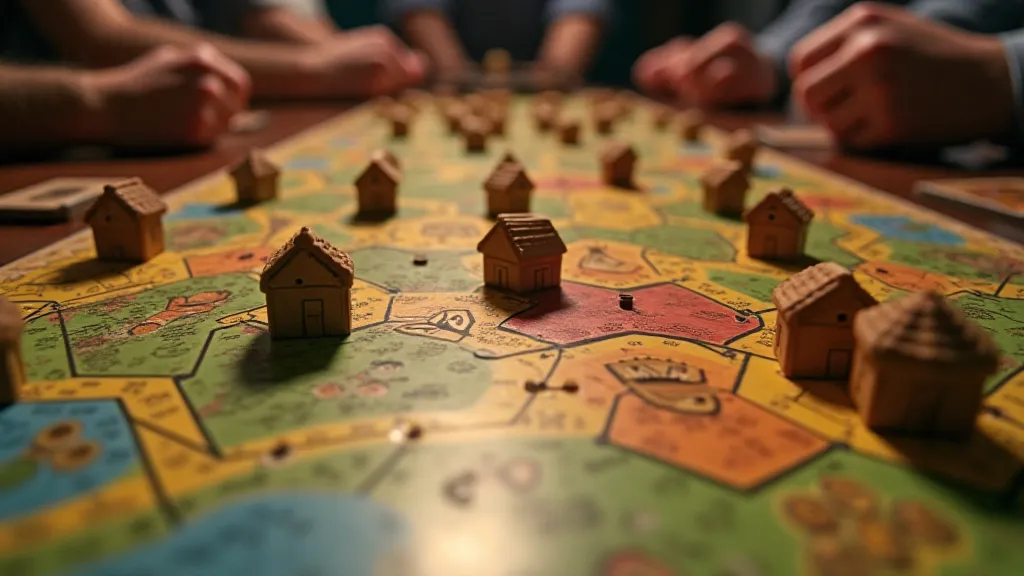Catan Strategy: Resource Management and Trade Secrets
Catan, formerly known as Settlers of Catan, is a modern classic for a reason. Its blend of luck and strategy creates a constantly engaging experience. While the dice introduce an element of chance, mastering resource management and shrewd trading can significantly increase your odds of claiming victory. This guide will equip you with the knowledge to become a more successful Catan player, whether you’re just starting out or looking to refine your gameplay.
Understanding the Fundamentals: Resource Acquisition
The cornerstone of Catan success is understanding how resources are generated. Each hex on the board produces a specific resource (brick, lumber, ore, wheat, or wool) based on the number rolled. The frequency of these rolls is dictated by the dot count on each hex. Hexes with higher dot counts (6 or 8) are statistically more likely to produce resources, making them prime real estate for initial settlements.
However, relying solely on high-probability numbers isn’s always enough. Consider the spread of resources across the board. A settlement strategically placed near a variety of resource types will be more resilient to dice roll variations. Early game placement is critical – analyze the board, identify areas with a good mix of resources and favorable numbers, and prioritize those locations for your settlements and roads. The interplay of strategic placement and understanding the odds is similar to the intricacies involved in games like Terraforming Mars, where careful planning and resource allocation are key to planetary domination – a skill that translates well to Catan.
Image: 
Settlement Placement: Location, Location, Location
Strategic placement isn’t just about resource types. Consider your opponents’ potential expansion routes. Blocking key intersections can stifle their growth and give you a significant advantage. Don’t be afraid to play defensively, limiting your opponents’ options even if it means sacrificing a slightly less optimal resource combination for yourself. The defensive nature of Catan, and the constant need to anticipate opponent moves, shares an interesting parallel with complex games like Root, where different factions have unique abilities and require adapting your strategy based on the actions of others.
The longest road and largest army cards are crucial for extra victory points. While chasing them aggressively can sometimes be detrimental, keep an eye on opportunities to secure these cards without sacrificing your core strategy. A strategically placed road extending toward a key intersection can serve both defensive and offensive purposes.
The Art of Trading: A Trader’s Handbook
Trading is arguably the most crucial aspect of Catan gameplay. The ability to negotiate favorable trades can often be the difference between victory and defeat. Successful trading requires more than just knowing which resources are valuable; it requires understanding your opponents’ needs, knowing when to push your advantage, and maintaining a positive rapport with everyone at the table. It's about employing a similar level of finesse and negotiation skills that are crucial in games like Diplomacy, where alliances shift and shrewd negotiation is the key to survival.
Here's a breakdown of key trading principles:
- Understand Resource Values: Brick and lumber are often in high demand early on for road building, while ore and wheat are vital for city development. Adjust your trading offers based on the current demand.
- Be Observant: Pay attention to what your opponents are lacking. They’re likely willing to pay a premium for those resources.
- Don’t Be Afraid to Say No: A bad trade can set you back significantly. It’s better to wait for a more advantageous offer.
- Trade with Everyone: Maintaining positive relationships with all players can prevent being targeted or isolated.
- Leverage Scarcity: If you control a critical resource, exploit that advantage to secure favorable trades.
A Trading Example: Let’s say you’re flush with ore but desperately need wheat. A quick scan of the table shows Player 2 is struggling with wheat production. Approach them with an offer: "I'm willing to trade 2 ore for 1 wheat." Be prepared to negotiate; they might counter with 2 wheat for 3 ore. The key is to evaluate the value of each resource based on the current game state and your own needs. Don’t be afraid to walk away if the offer isn’t favorable – sometimes the best deal is no deal at all. This is a vital skill applicable to many areas of life, not just board games.
Stay informed about the latest strategies and trends in board gaming – keeping an eye on Game News can provide valuable insights into evolving playstyles that can be adapted to your Catan approach. The board gaming landscape is constantly changing, with new strategies and techniques emerging all the time. Being aware of these trends can give you a significant edge over your opponents.
Image: 
Development Cards: A Calculated Risk
Development cards introduce an element of unpredictability and can provide a significant boost to your strategy. Knight cards allow you to displace the robber, hindering your opponents’ resource production and potentially stealing resources. Road building cards can rapidly expand your network, potentially securing the longest road card. Monopoly cards can disrupt opponents by granting you all of a single resource type.
However, development cards also represent a significant investment. Each card costs a considerable amount of resources, potentially delaying your settlement or city development. Evaluate the risk versus reward carefully. Early game, prioritizing development cards can be risky. Later in the game, when victory points are within reach, development cards can be a powerful tool. Deciding when to invest in development cards requires a calculated risk assessment, much like managing points and actions in games like Spirit Island – the importance of adapting your strategy based on the game state and opponent actions is paramount in both.
Advanced Tactics & Common Pitfalls
Robber Placement: Always consider not only the resources being blocked but also the psychological impact of robber placement. Targeting a leading player can be a strategic move, even if the immediate resource gain is minimal.
Beware the Robber: Don’t leave yourself vulnerable. A concentration of settlements on a single resource can make you a prime target for the robber.
Longest Road & Largest Army: Don’t obsess over these cards, but be aware of opportunities to secure them. A well-timed road or army card can be game-changing. Often, focusing too heavily on these cards can lead to tunnel vision and neglect other crucial aspects of the game. It’s about finding the right balance.
Image: 
Conclusion
Mastering Catan requires a combination of strategic thinking, shrewd trading, and a healthy dose of luck. By understanding the fundamentals of resource acquisition, settlement placement, and trading, and by anticipating your opponents’ moves, you can significantly increase your odds of claiming victory. The depth of strategic choices in Catan, ranging from initial placement to late-game development card usage, makes it a truly rewarding experience. Consider learning games that focus on different aspects of strategic decision-making, such as spatial reasoning or negotiation skills, to further enhance your Catan abilities. Good luck, and may your dice rolls be ever in your favor!
For more complex strategy games that push your thinking even further, consider exploring titles like Ticket to Ride for a more accessible introduction to strategic route planning or delve into heavier eurogames for a truly immersive experience.





